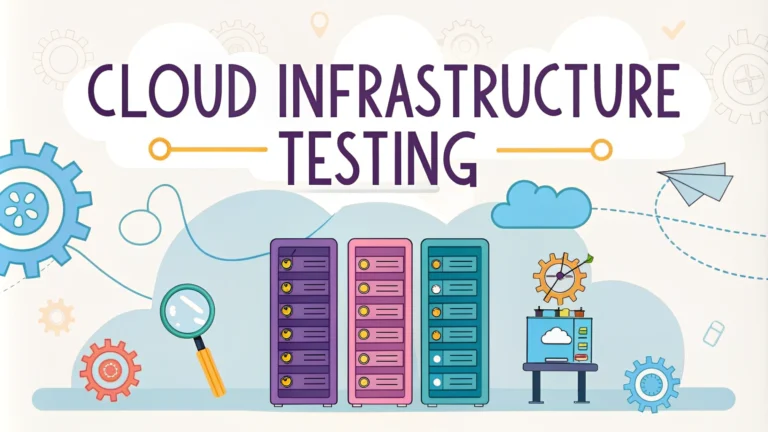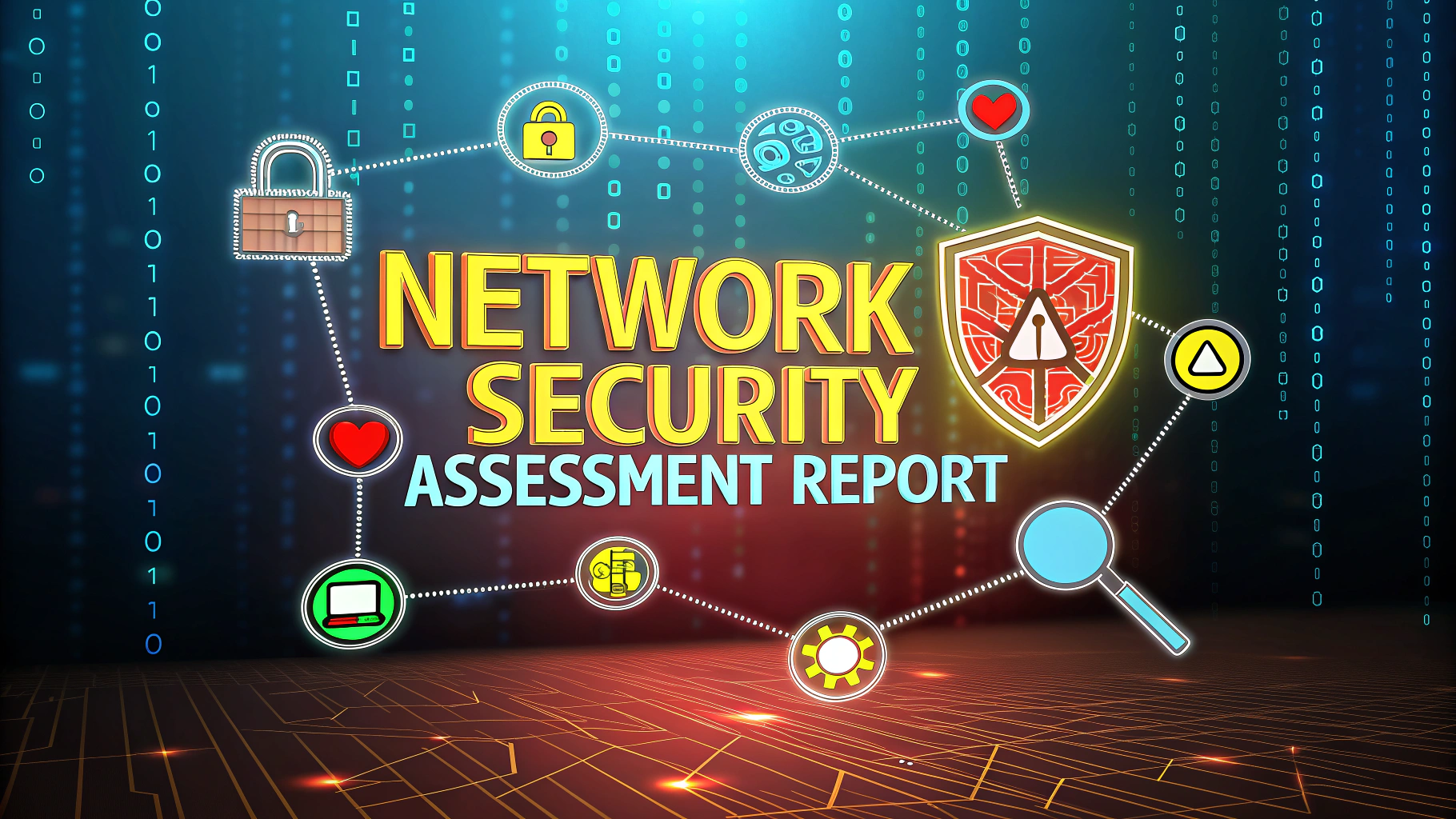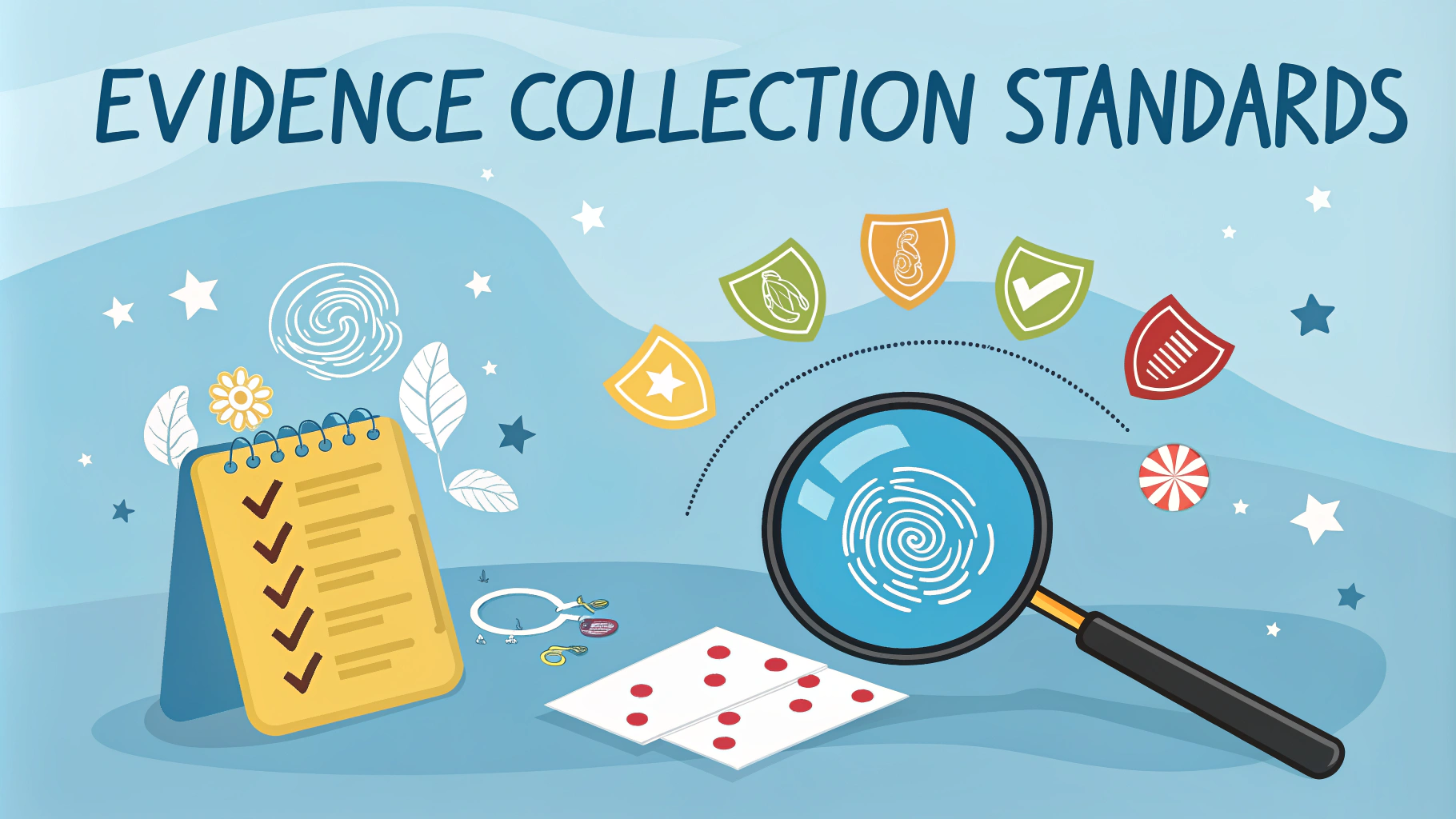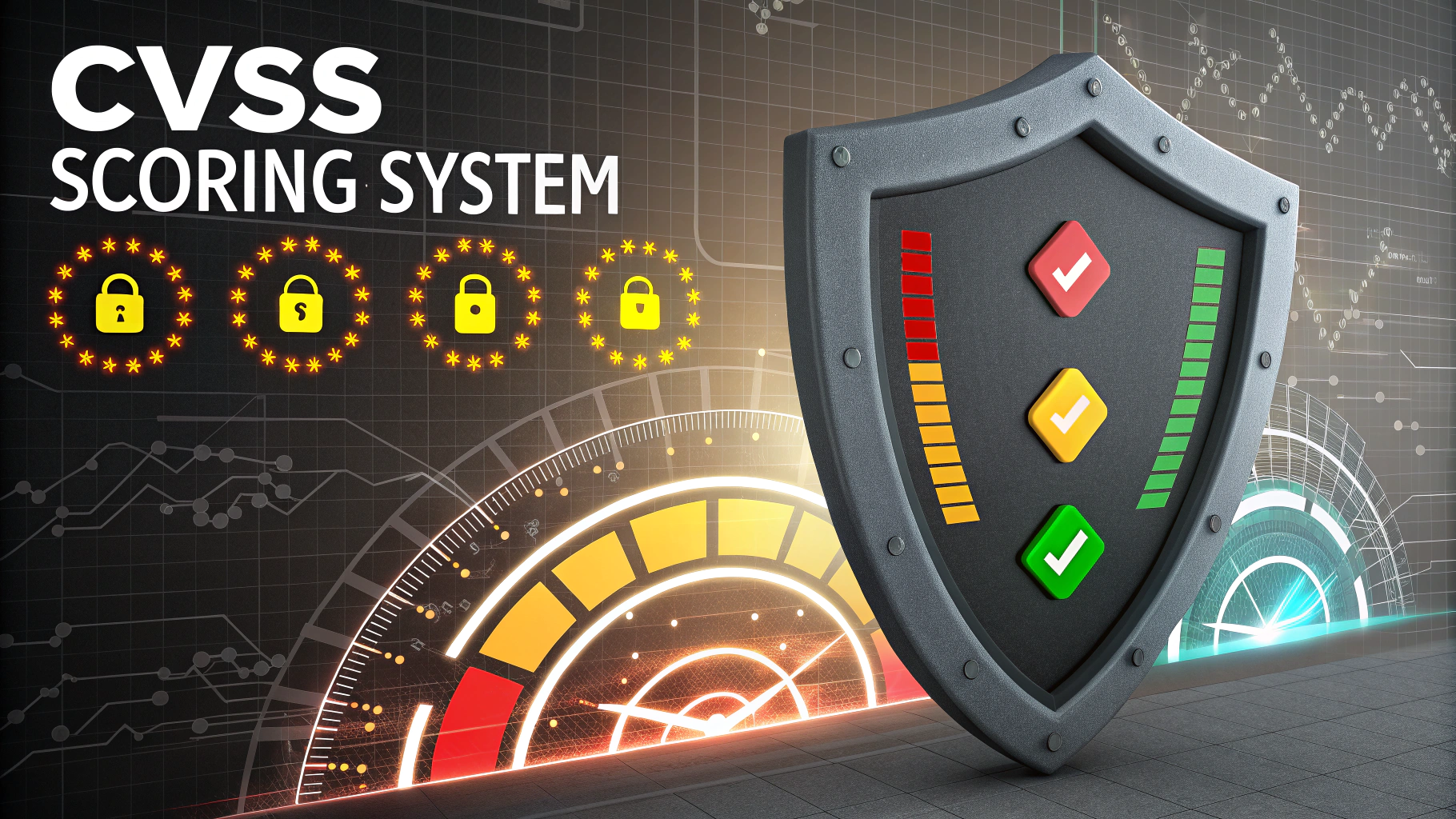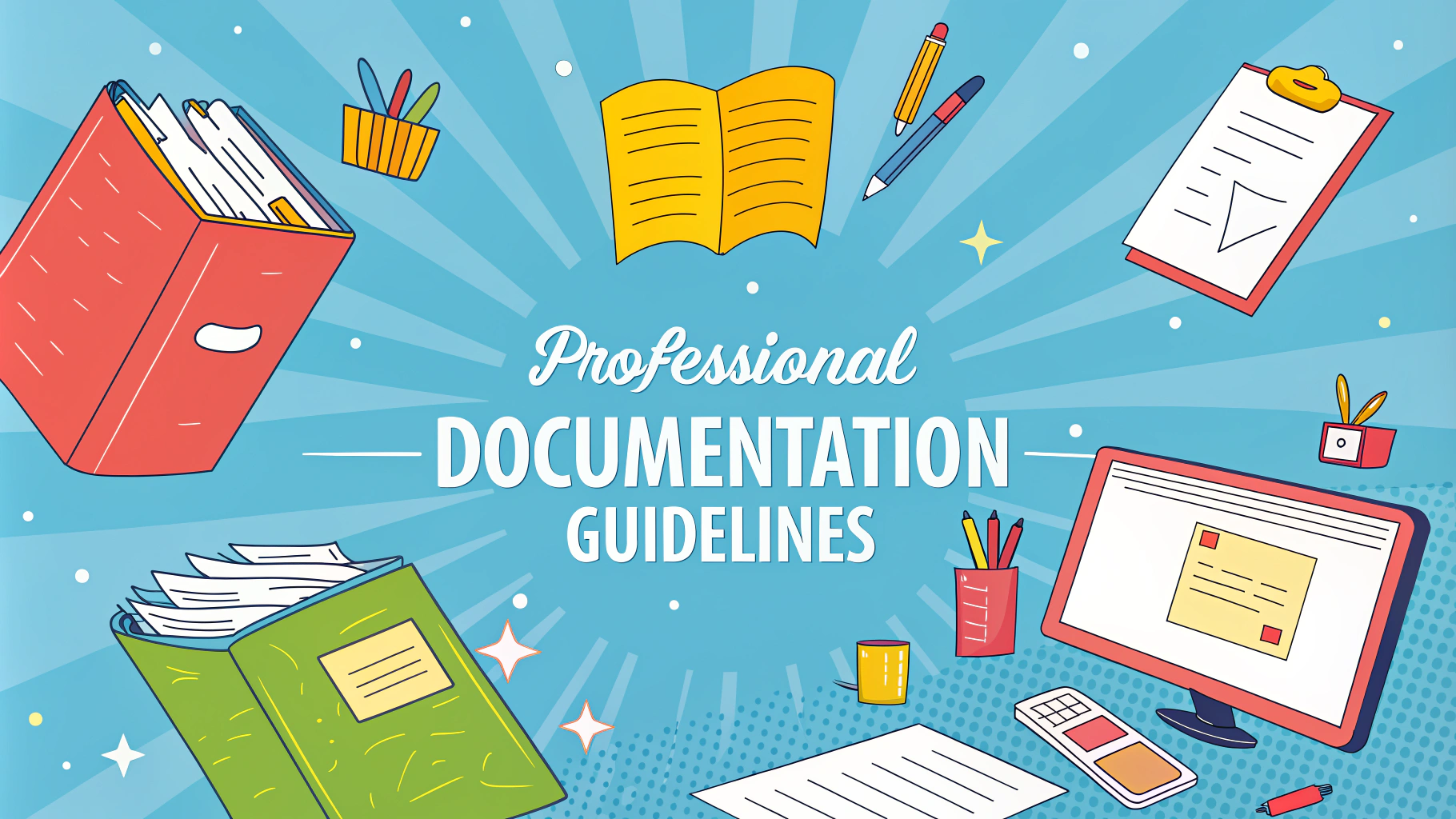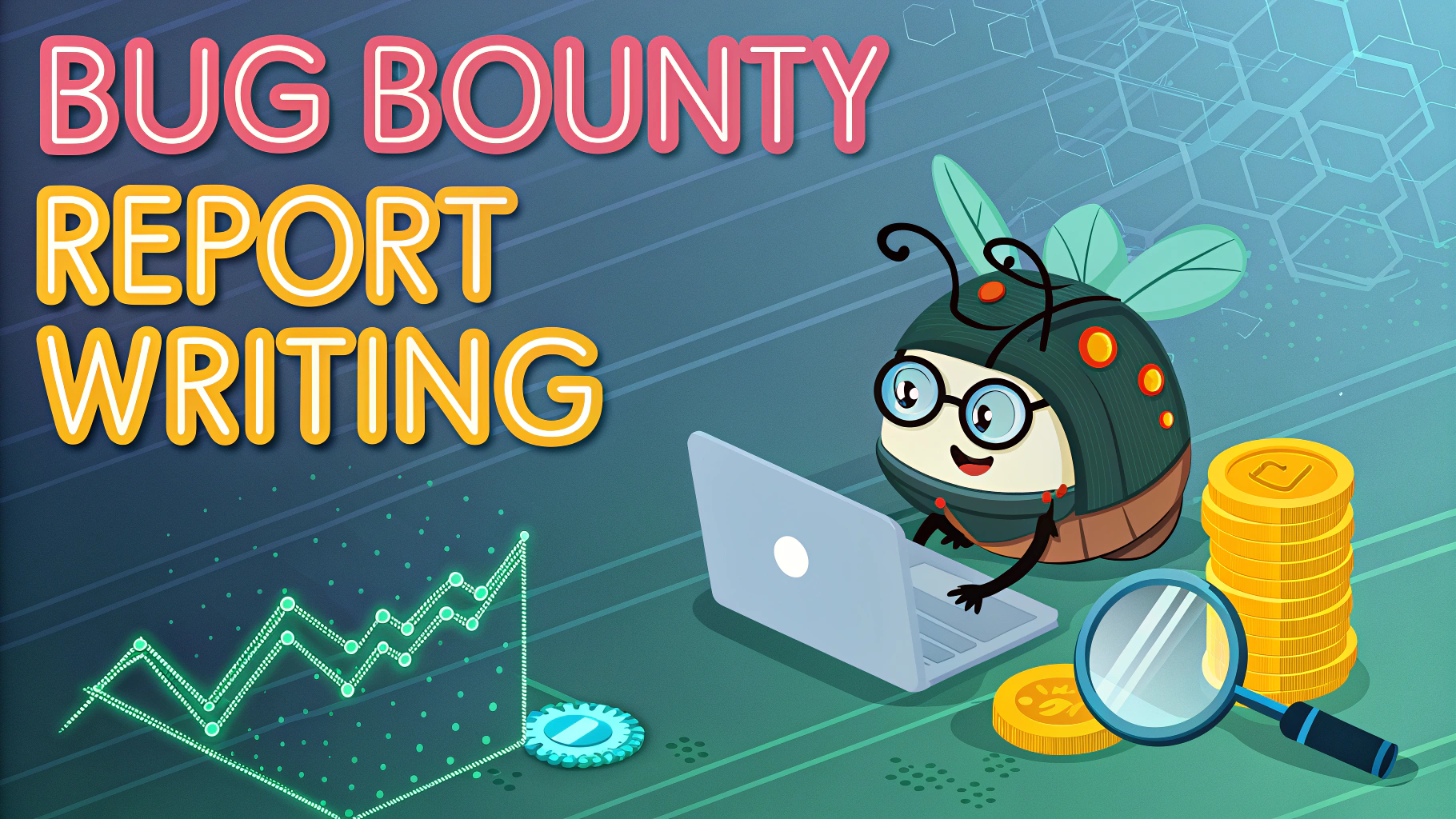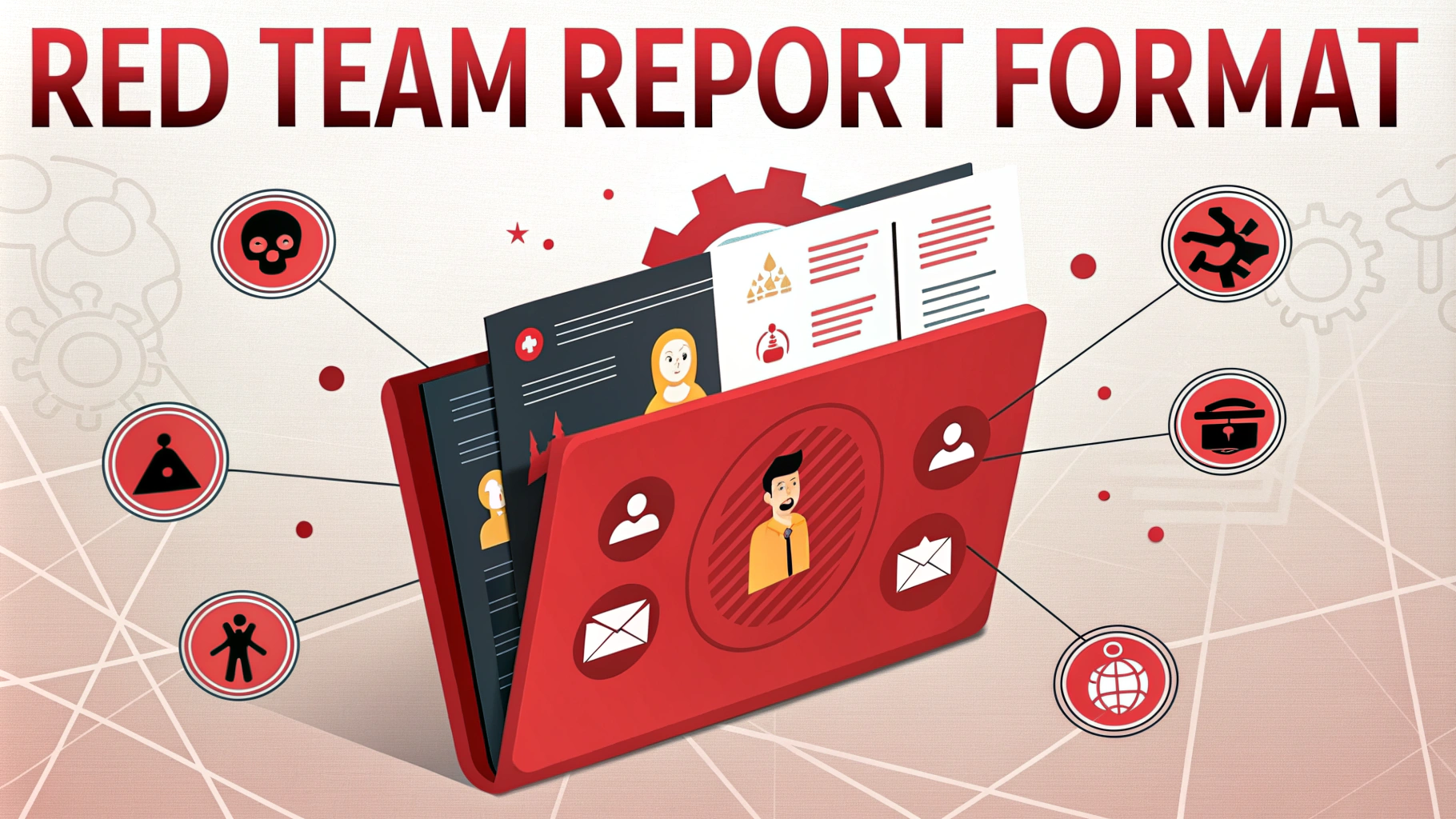Cloud infrastructure testing examines security controls and vulnerabilities in cloud-based systems, applications, and services.
Security teams use specialized tools and techniques to identify potential weaknesses that attackers could exploit to gain unauthorized access to cloud resources.
Regular penetration testing helps organizations protect sensitive data, maintain compliance, and prevent costly security breaches in their cloud environments.
Key Areas of Cloud Infrastructure Testing
- API security assessment
- Access control verification
- Network configuration analysis
- Data encryption validation
- Container security testing
- Identity management review
Testing Tools and Technologies
Professional testers commonly use tools like Burp Suite, OWASP ZAP, and Metasploit for cloud security assessments.
| Tool | Primary Use |
|---|---|
| Nmap | Network scanning and port discovery |
| CloudSploit | AWS security assessment |
| Scout Suite | Multi-cloud security auditing |
Best Practices for Cloud Testing
- Get Authorization: Obtain written permission before testing cloud infrastructure
- Define Scope: Clearly outline testing boundaries and objectives
- Monitor Impact: Use testing tools that won’t disrupt production systems
- Document Findings: Maintain detailed records of discovered vulnerabilities
- Follow Up: Verify that identified issues are properly remediated
Common Vulnerabilities
Misconfigured storage buckets often expose sensitive data to unauthorized users.
Weak access controls and insufficient authentication mechanisms can lead to account compromise.
Unpatched vulnerabilities in cloud services may allow attackers to escalate privileges.
Testing Frequency
- Quarterly: Basic security assessment
- Bi-annual: Comprehensive penetration testing
- After Changes: Testing following major infrastructure updates
Compliance Requirements
Organizations must conduct regular security testing to maintain compliance with standards like PCI DSS, HIPAA, and SOC 2.
Steps to Secure Your Cloud Infrastructure
- Implement strong access controls and authentication
- Enable encryption for data at rest and in transit
- Configure security groups and firewall rules properly
- Monitor and log all system activities
- Maintain regular backup and recovery procedures
Future of Cloud Security Testing
Automated security testing tools are becoming more sophisticated with AI and machine learning capabilities.
Continuous security testing is replacing traditional point-in-time assessments.
Additional Resources
Testing Methodology
Cloud security testing follows a structured approach that combines automated scanning with manual verification.
- Reconnaissance and information gathering
- Vulnerability scanning and assessment
- Exploitation and verification
- Documentation and reporting
- Remediation guidance
Risk Assessment Considerations
Organizations must evaluate potential impacts before conducting security tests:
- Data sensitivity levels
- System dependencies
- Business continuity requirements
- Compliance obligations
- Resource availability
Advanced Testing Scenarios
Multi-Cloud Environments
Testing across different cloud providers requires specialized tools and expertise to ensure comprehensive coverage.
Hybrid Infrastructure
Security assessments must account for interactions between on-premises and cloud resources.
Reporting and Documentation
- Executive summaries for stakeholders
- Technical details for IT teams
- Risk ratings and prioritization
- Remediation recommendations
- Compliance status updates
Strengthening Cloud Security Posture
Effective cloud security testing is essential for maintaining robust defense against evolving threats. Organizations must stay current with security best practices and emerging technologies while maintaining consistent testing schedules.
Success depends on combining the right tools, expertise, and methodologies with a strong security-first culture and ongoing commitment to improvement.
FAQs
- What is cloud infrastructure penetration testing?
Cloud infrastructure penetration testing is a security assessment process that identifies and exploits vulnerabilities in cloud-based systems, including IaaS, PaaS, and SaaS environments to evaluate security controls and compliance. - What are the key areas covered in cloud infrastructure penetration testing?
The key areas include identity and access management (IAM), storage security, network security, virtualization security, API security, container security, and cloud configuration assessment. - Which compliance standards require cloud penetration testing?
Major compliance standards requiring cloud penetration testing include PCI DSS, HIPAA, SOC 2, ISO 27001, and GDPR. Each standard has specific requirements for security testing and validation. - What tools are commonly used for cloud infrastructure penetration testing?
Common tools include CloudSploit, Scout Suite, Prowler for AWS, Azure Security Center, CloudMapper, Pacu, and various cloud-native security tools provided by cloud service providers. - How often should cloud infrastructure penetration testing be performed?
Cloud infrastructure penetration testing should be performed at least annually, after major infrastructure changes, when new services are implemented, or as required by compliance standards. - What are the main differences between cloud and traditional infrastructure penetration testing?
Cloud testing focuses on cloud-specific vulnerabilities, shared responsibility models, API security, and virtualization layers, while requiring proper authorization from cloud service providers. - What permissions are needed to perform cloud infrastructure penetration testing?
Testing requires explicit permission from both the cloud service provider and the organization owning the infrastructure, along with proper documentation of scope and testing boundaries. - What are common vulnerabilities found in cloud infrastructure testing?
Common vulnerabilities include misconfigured storage buckets, excessive IAM permissions, insecure APIs, unpatched systems, weak encryption implementations, and improper network security group configurations. - How should sensitive data be handled during cloud penetration testing?
Sensitive data should be properly masked or anonymized, testing should be conducted in isolated environments when possible, and all testing activities must comply with data protection regulations. - What are the limitations of cloud infrastructure penetration testing?
Limitations include restricted access to underlying infrastructure, service provider constraints, potential service disruption risks, and the dynamic nature of cloud environments.
